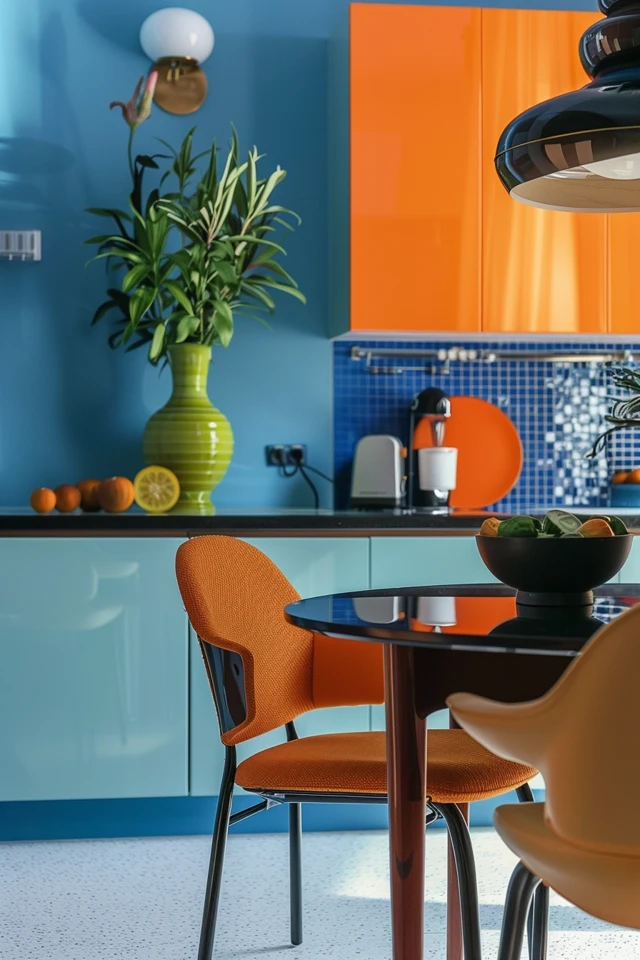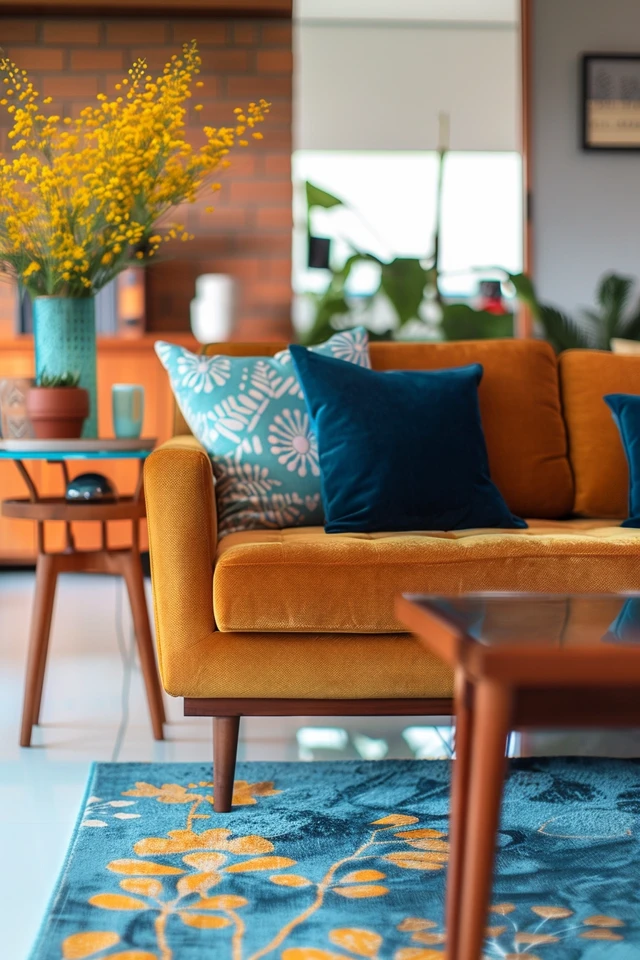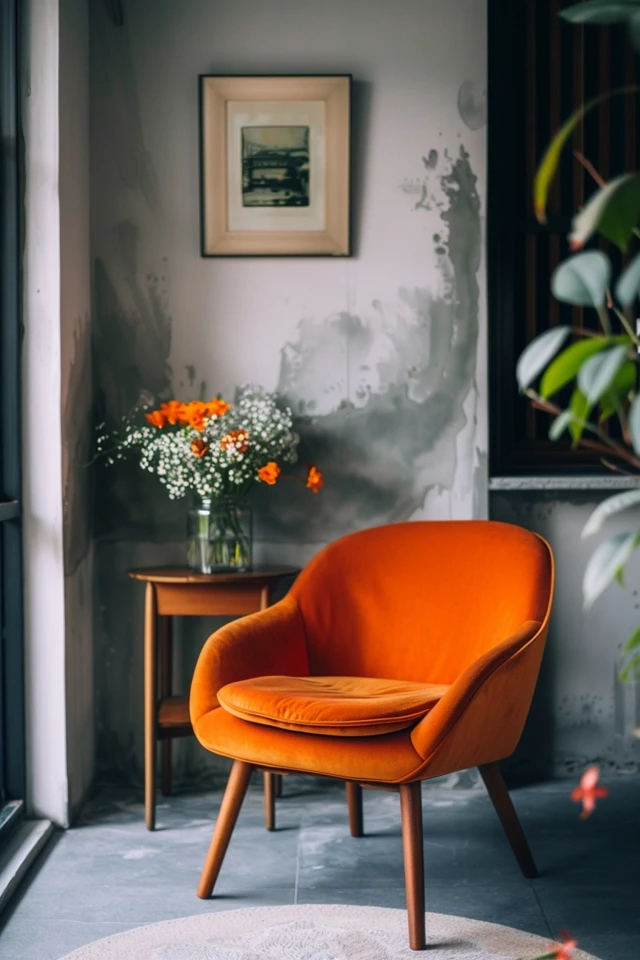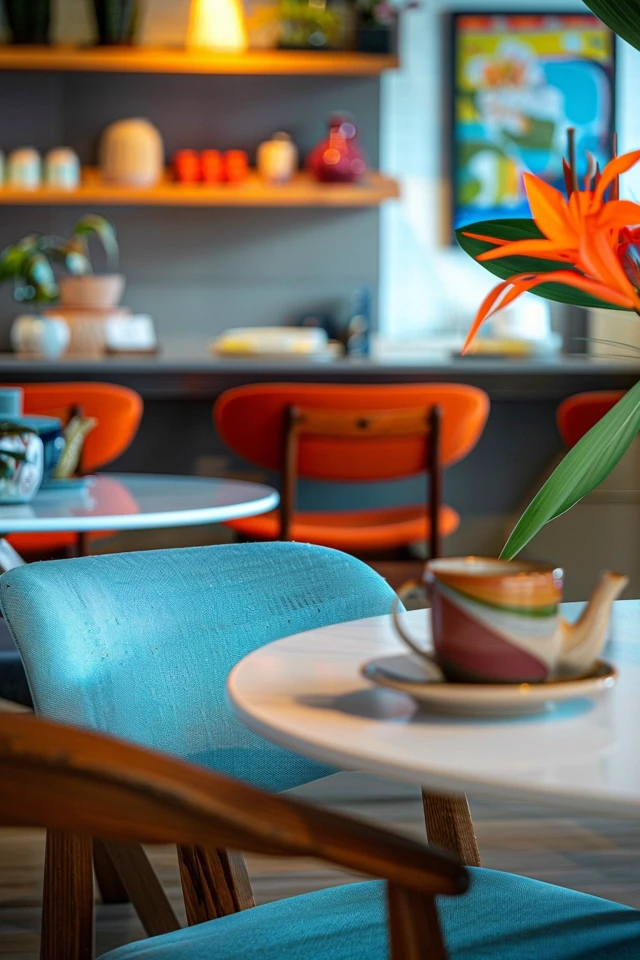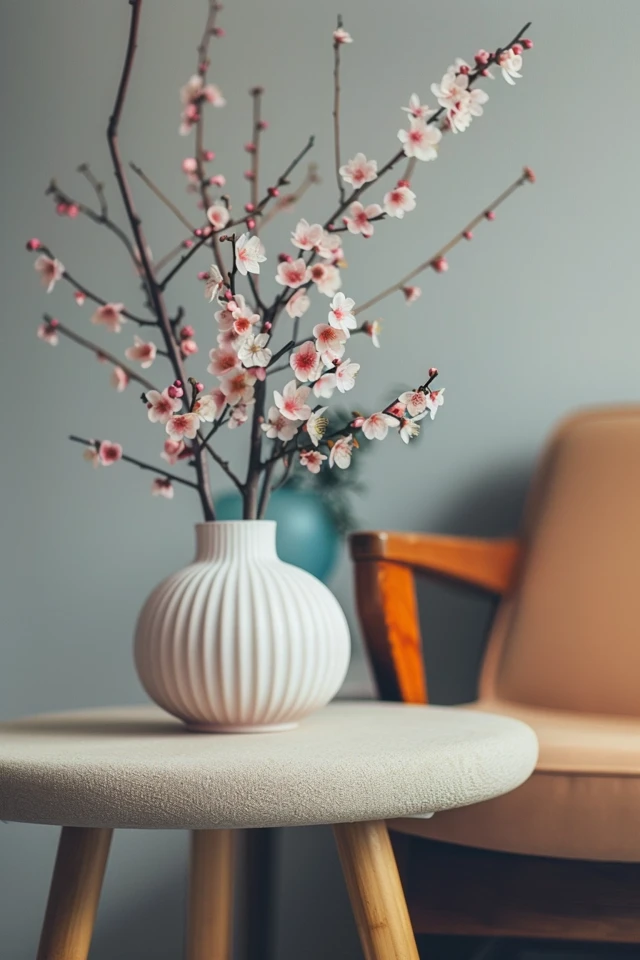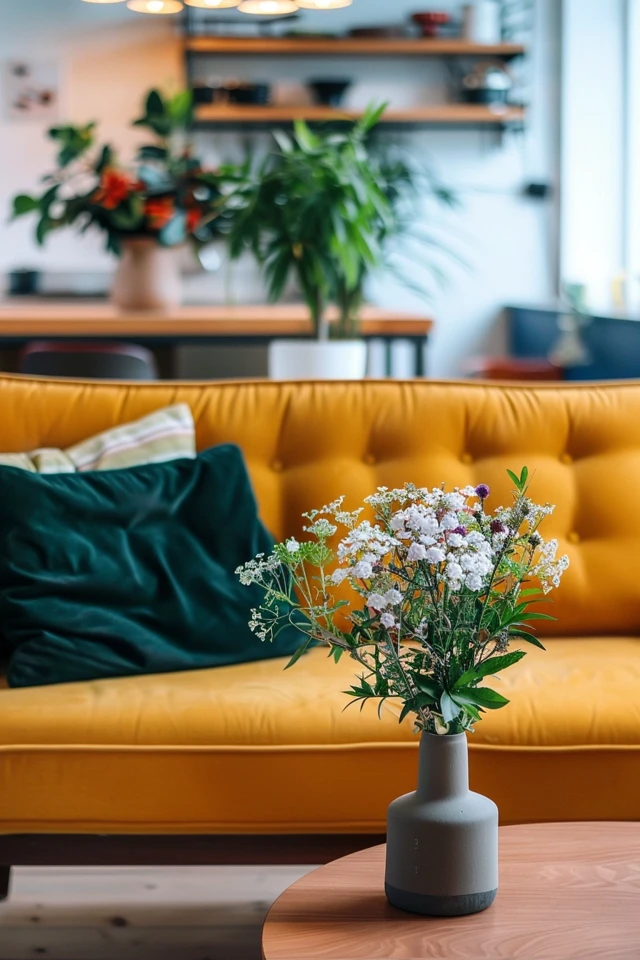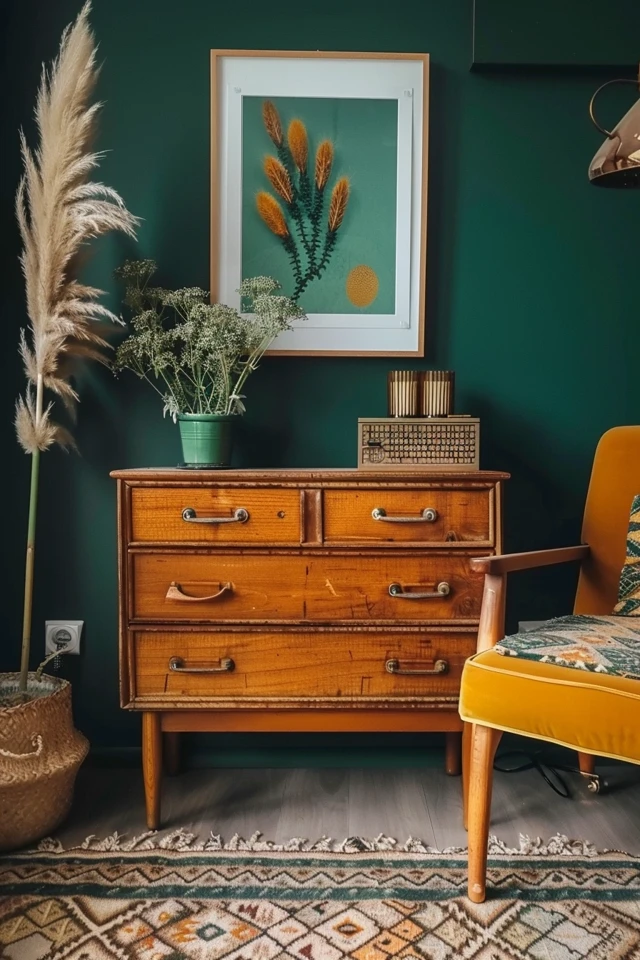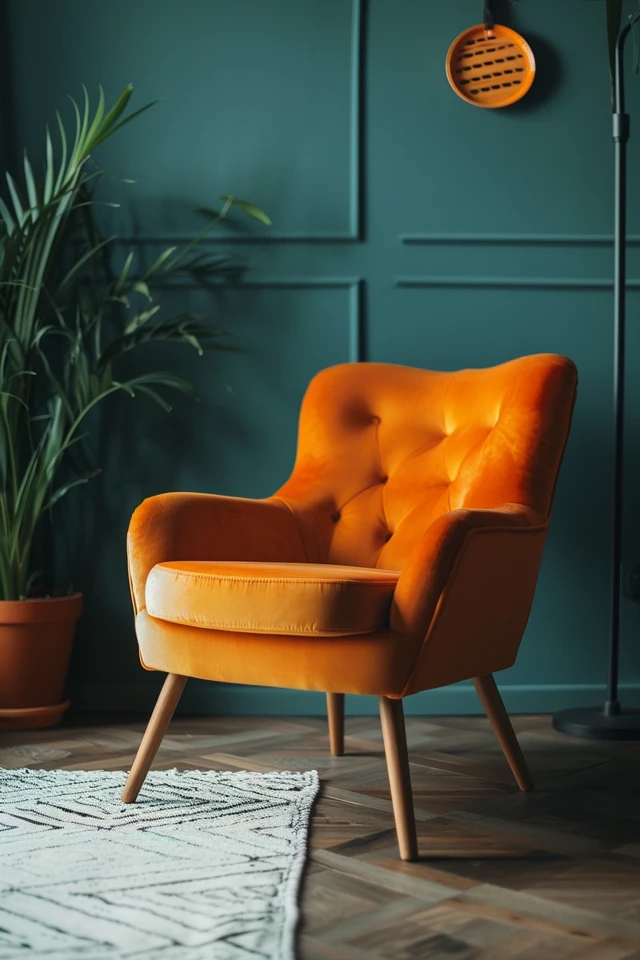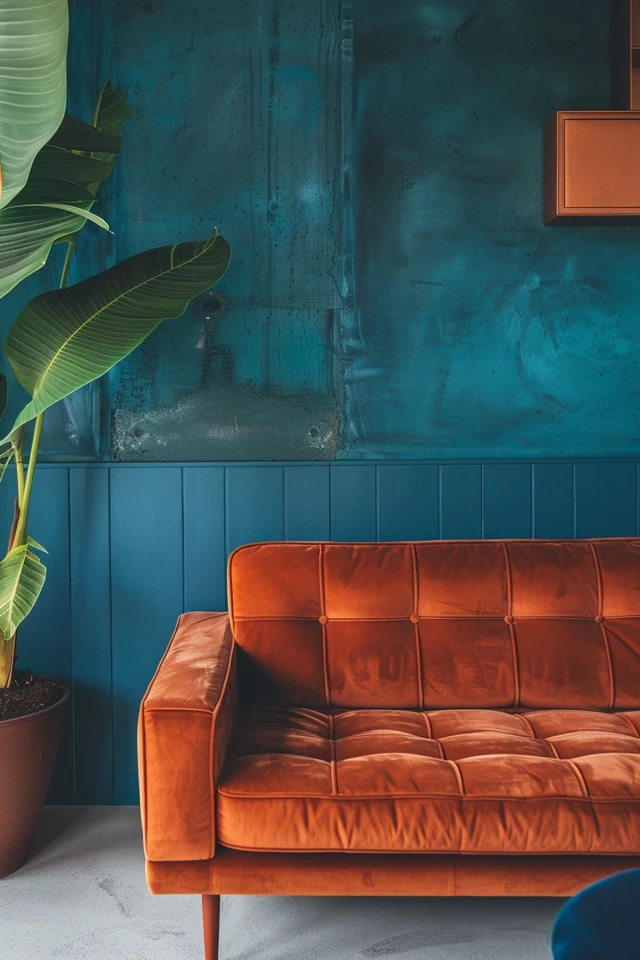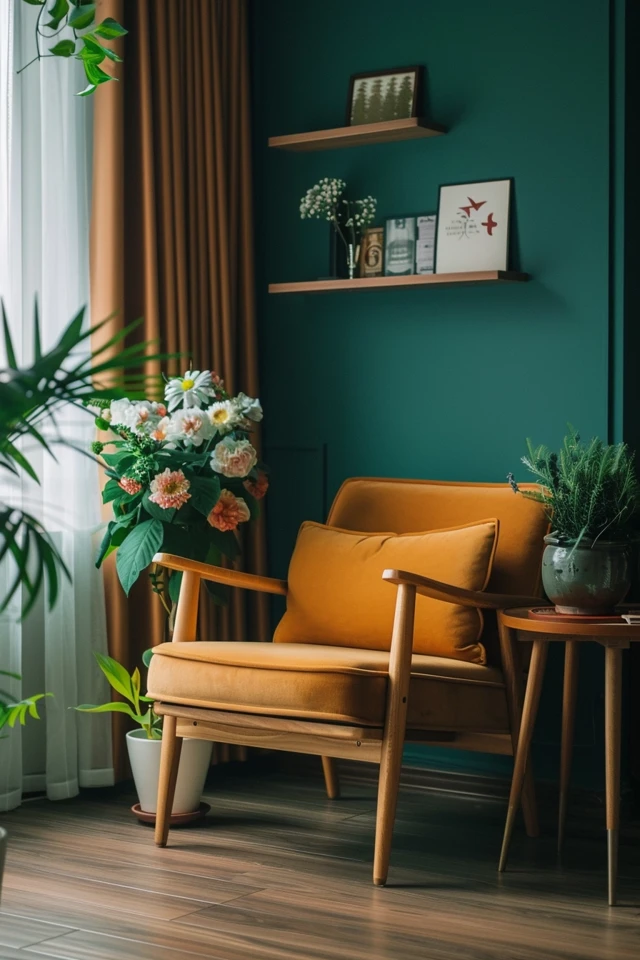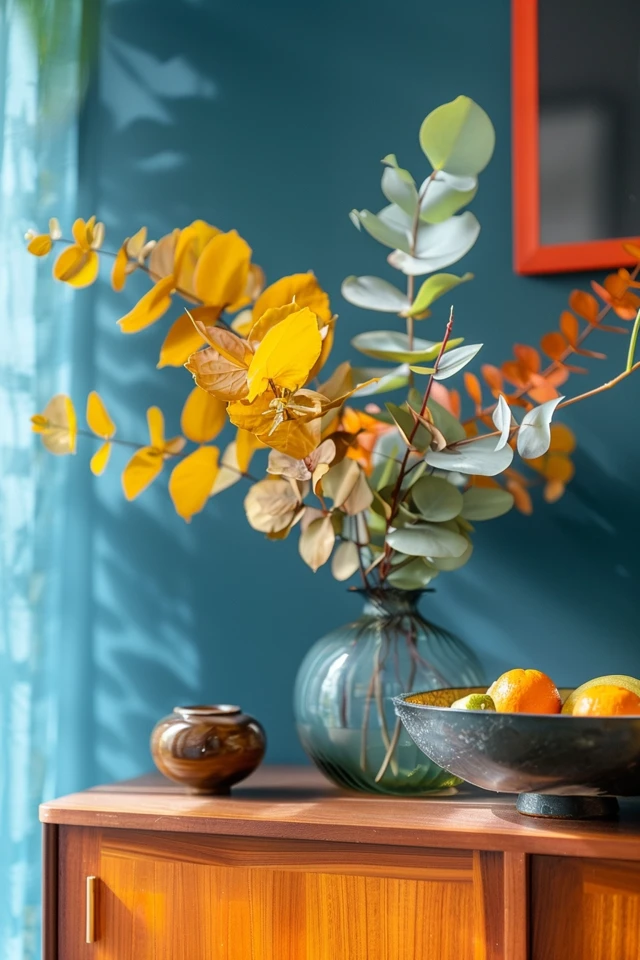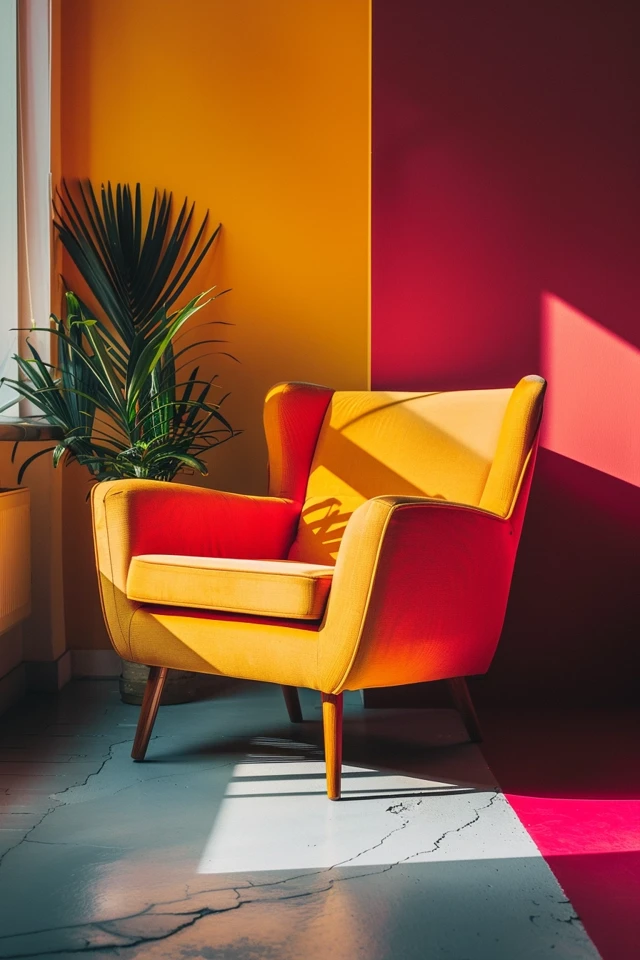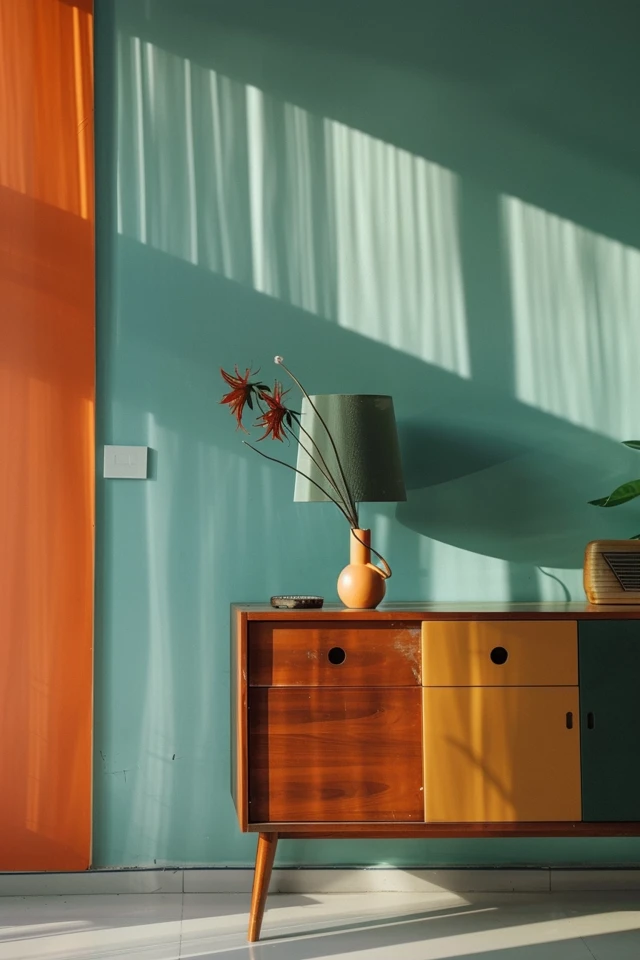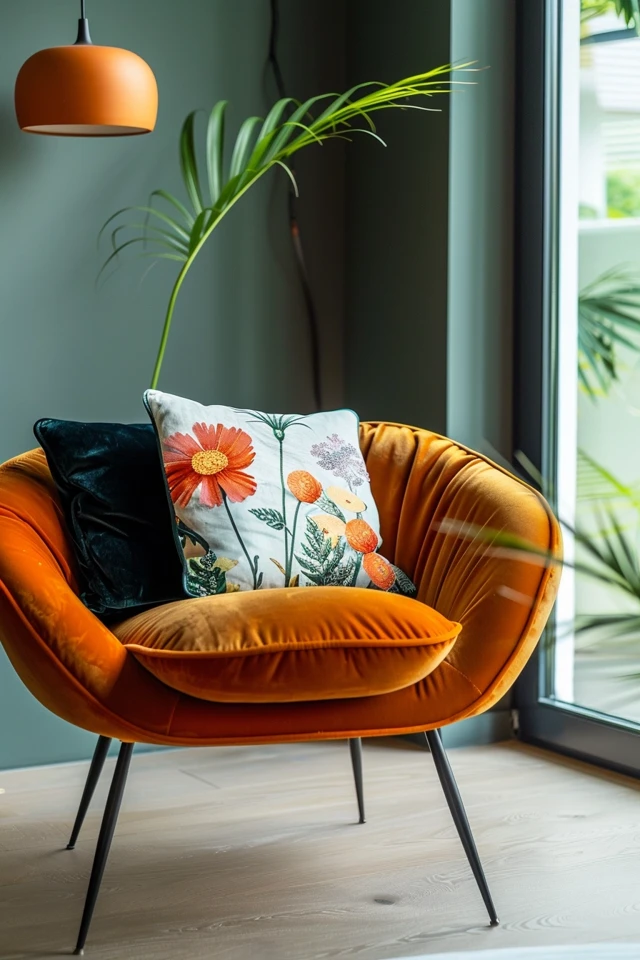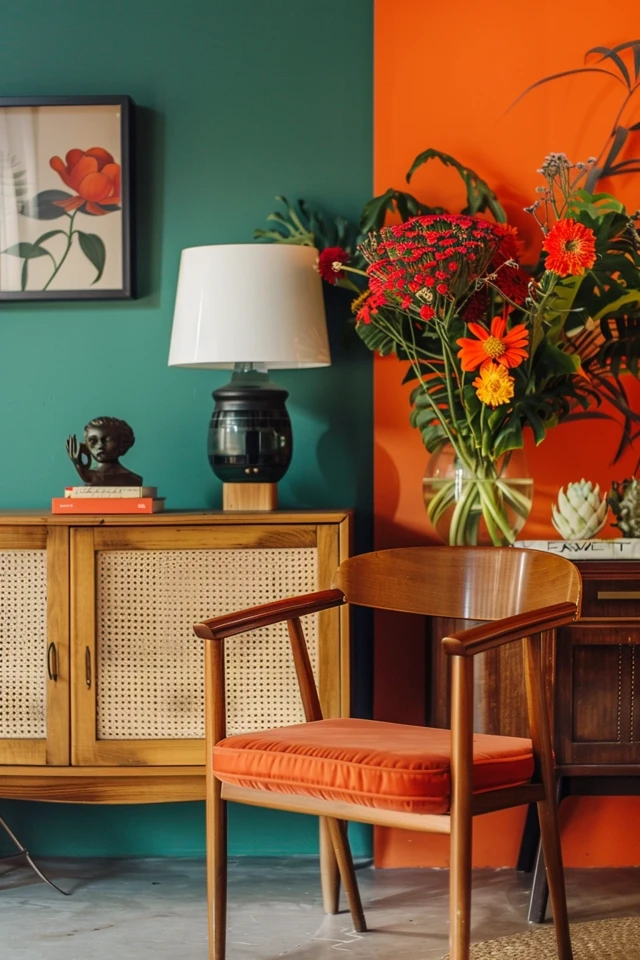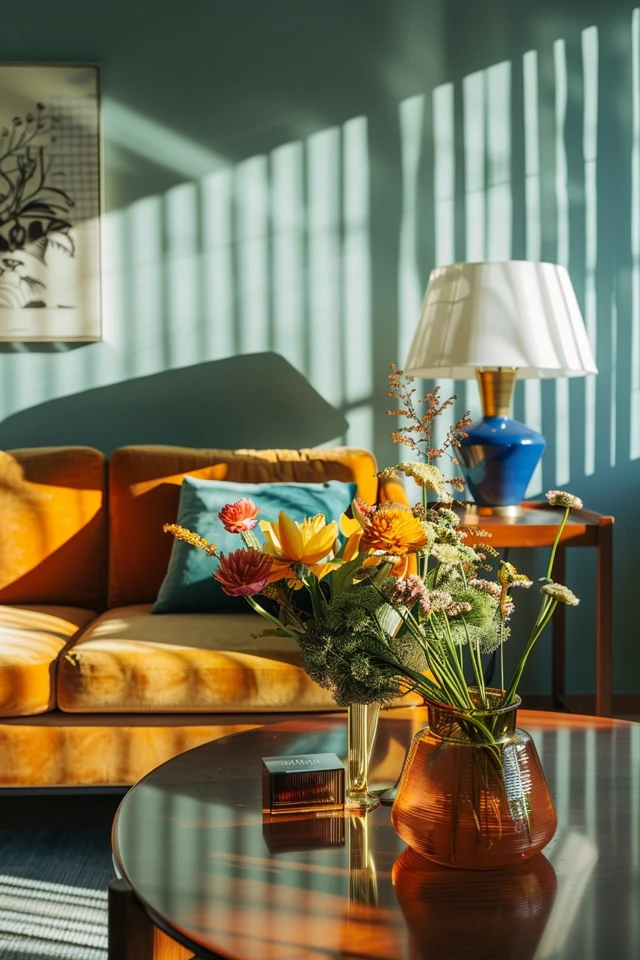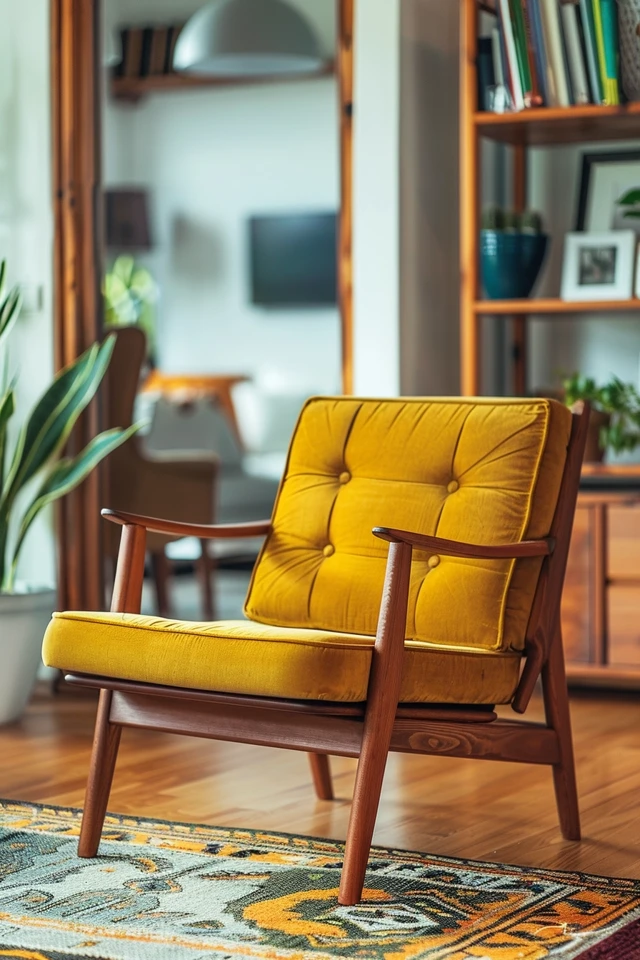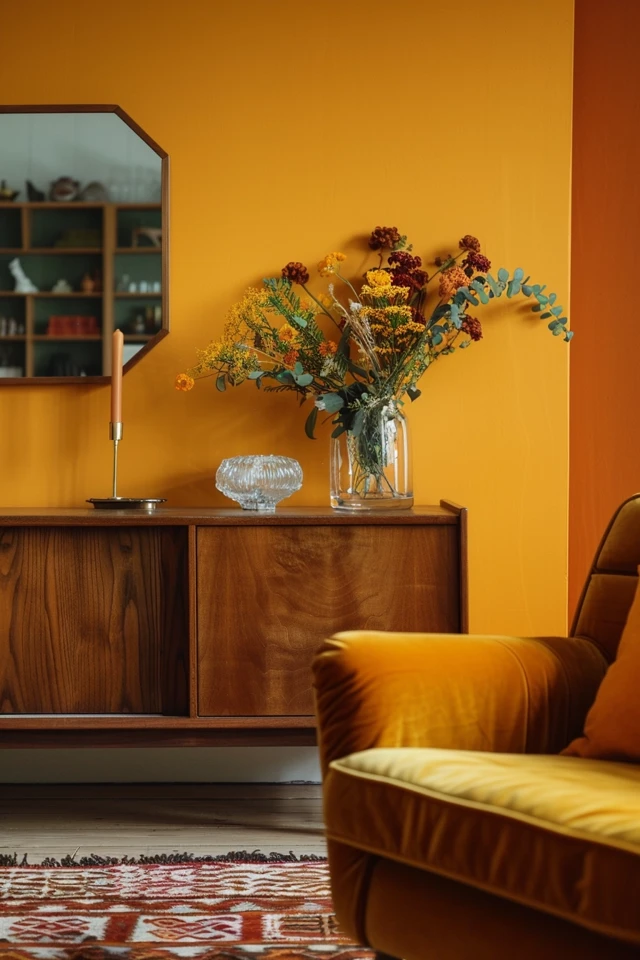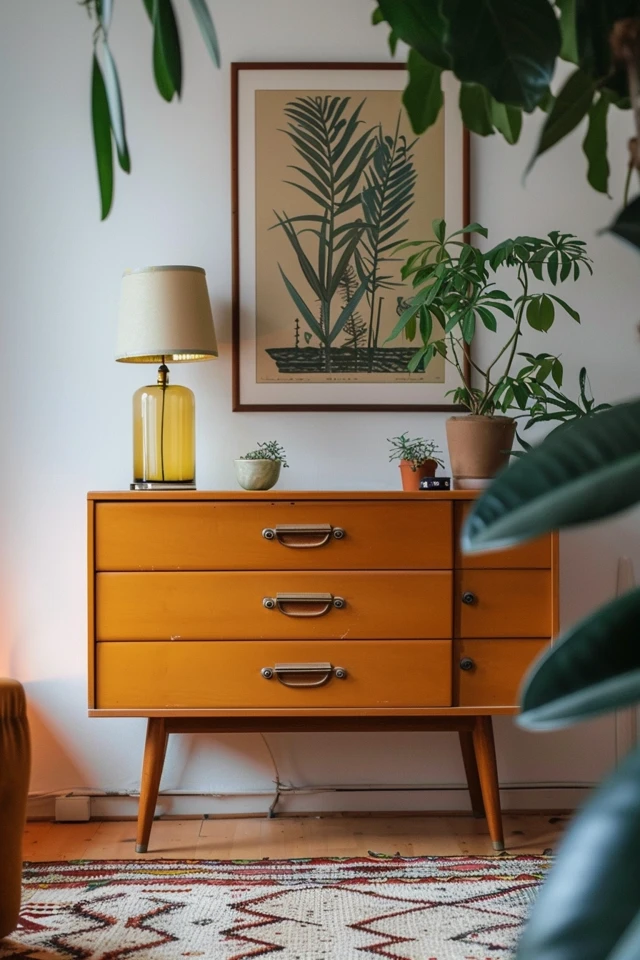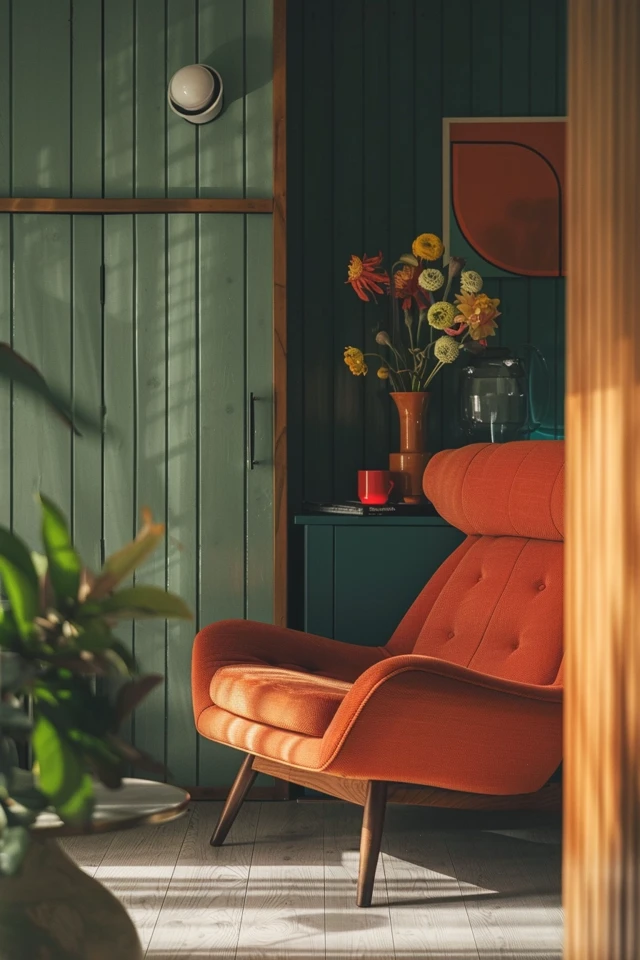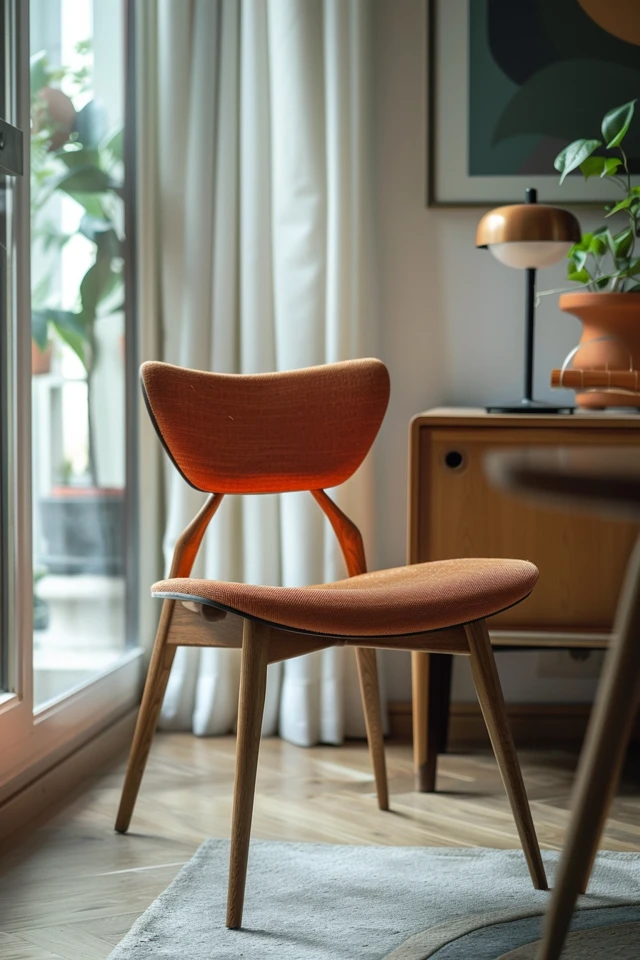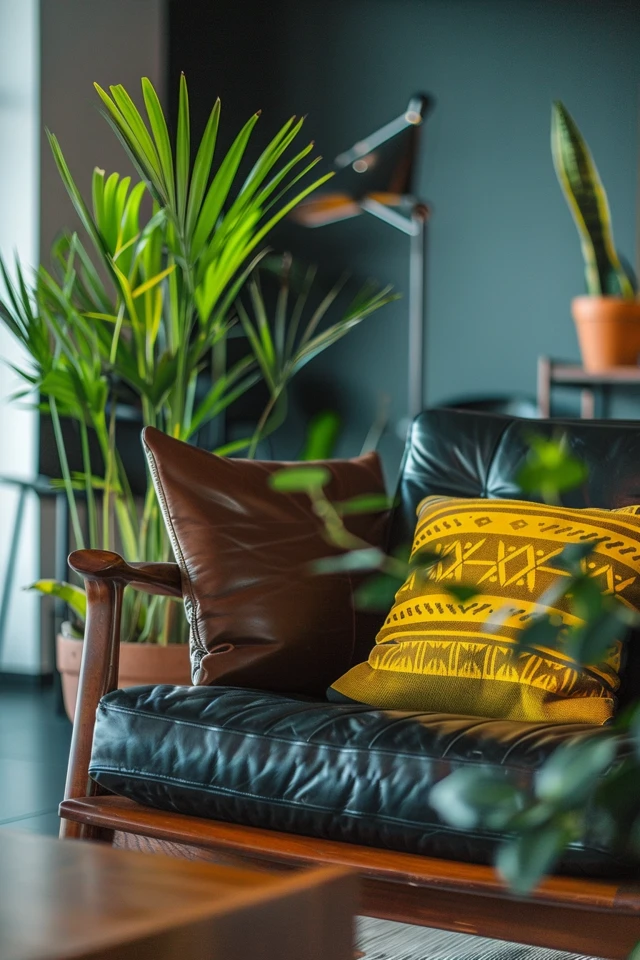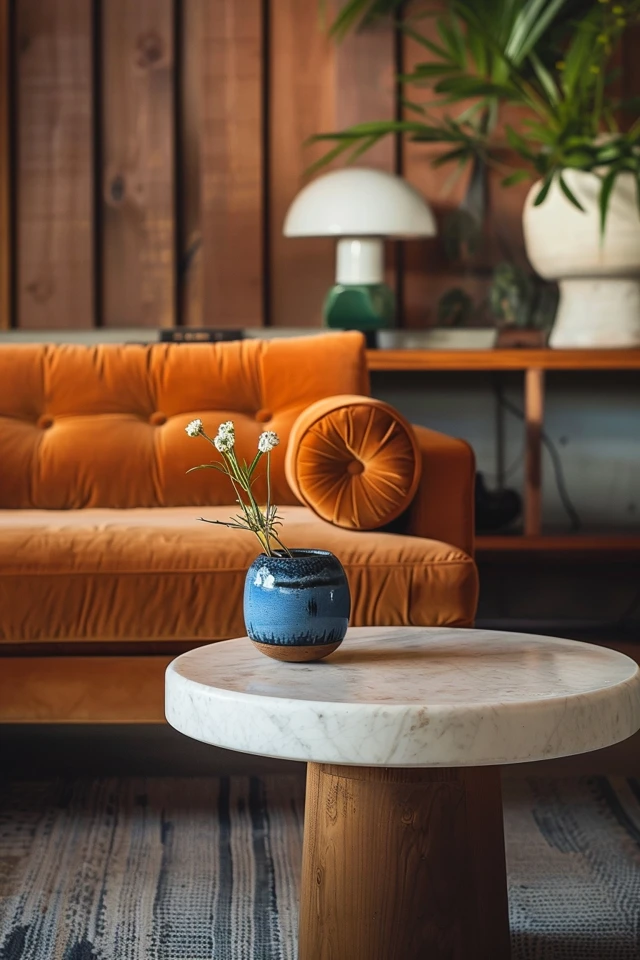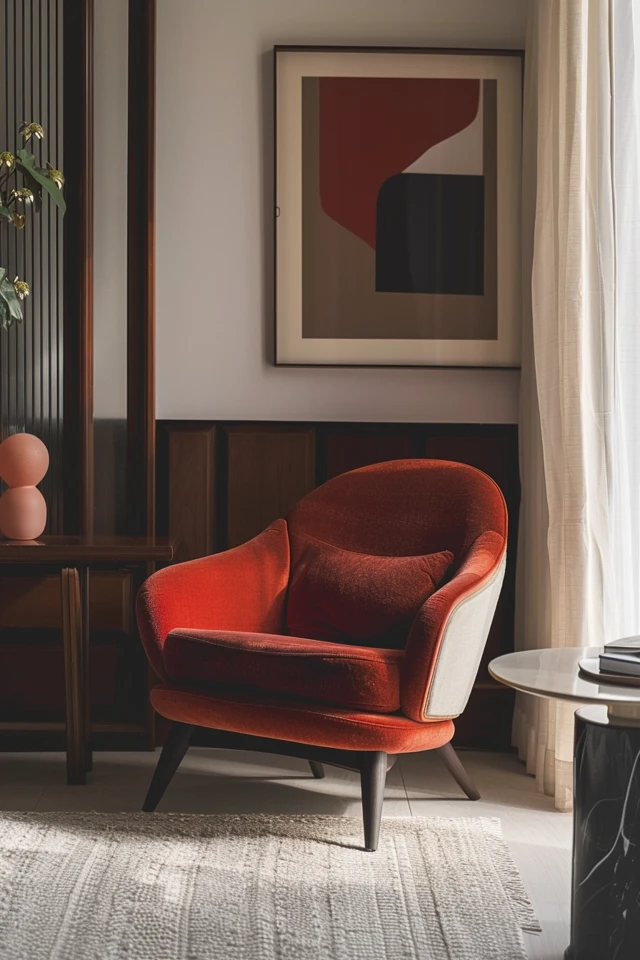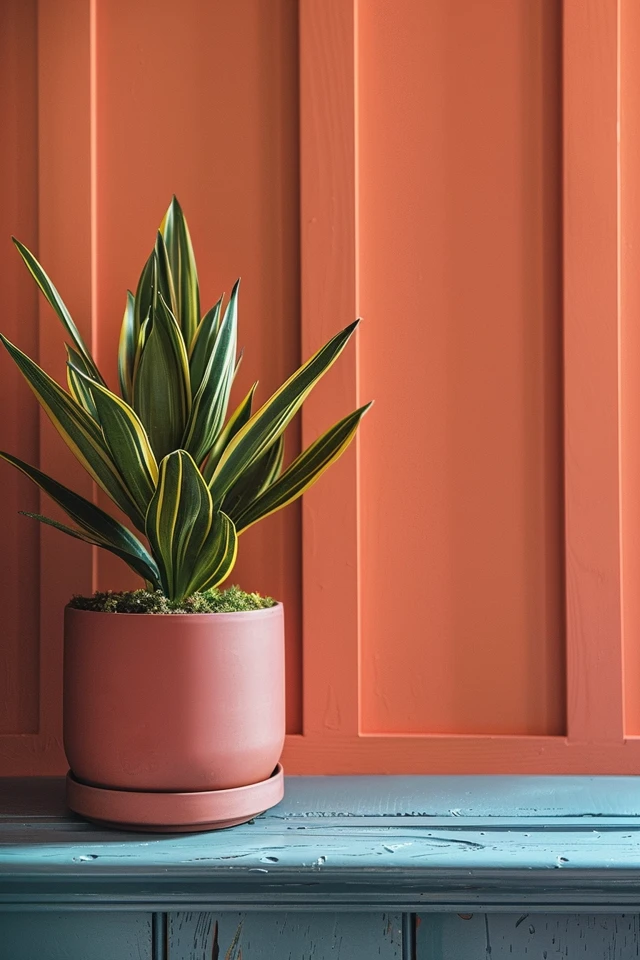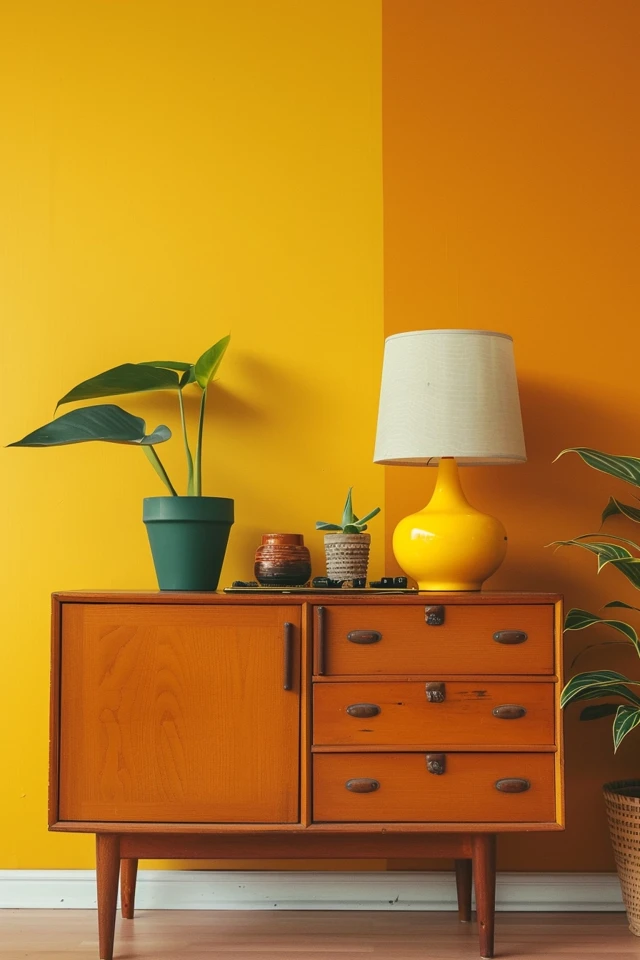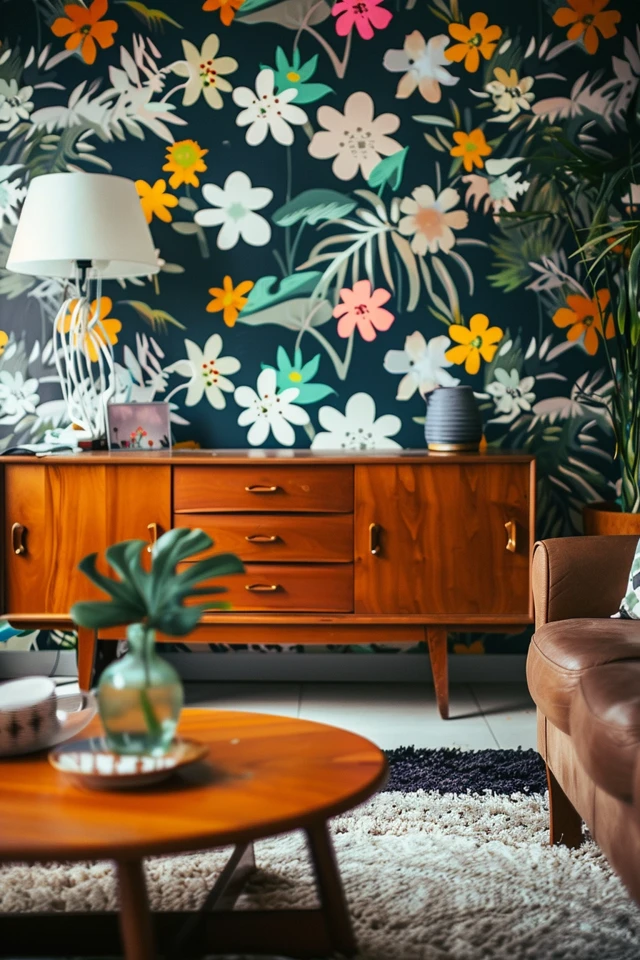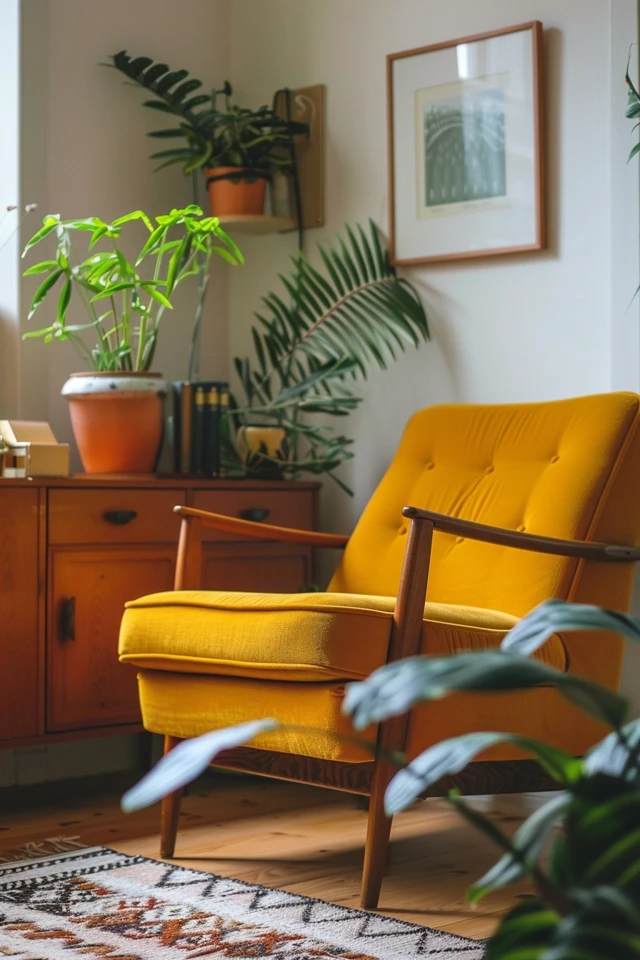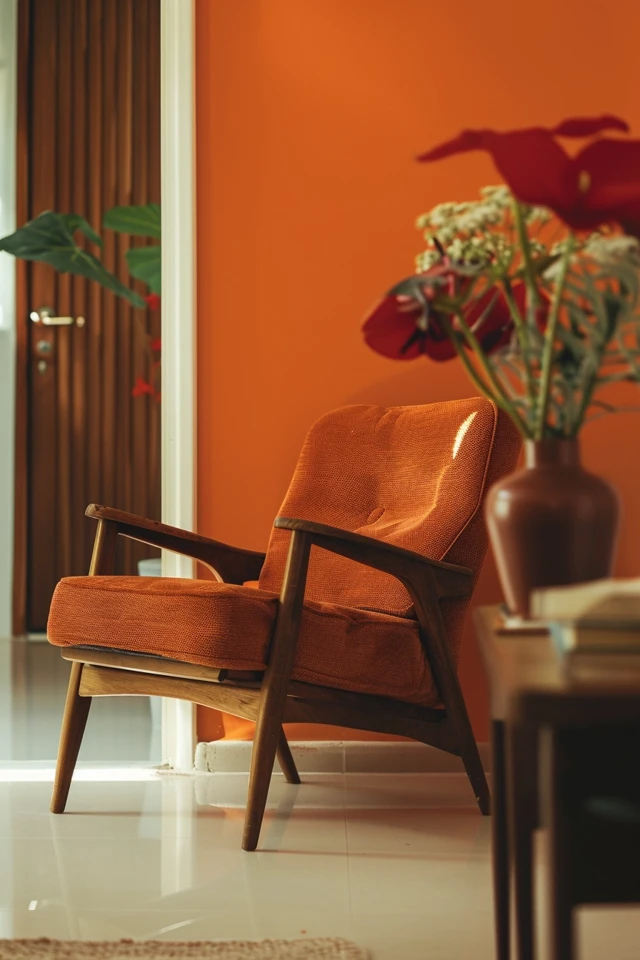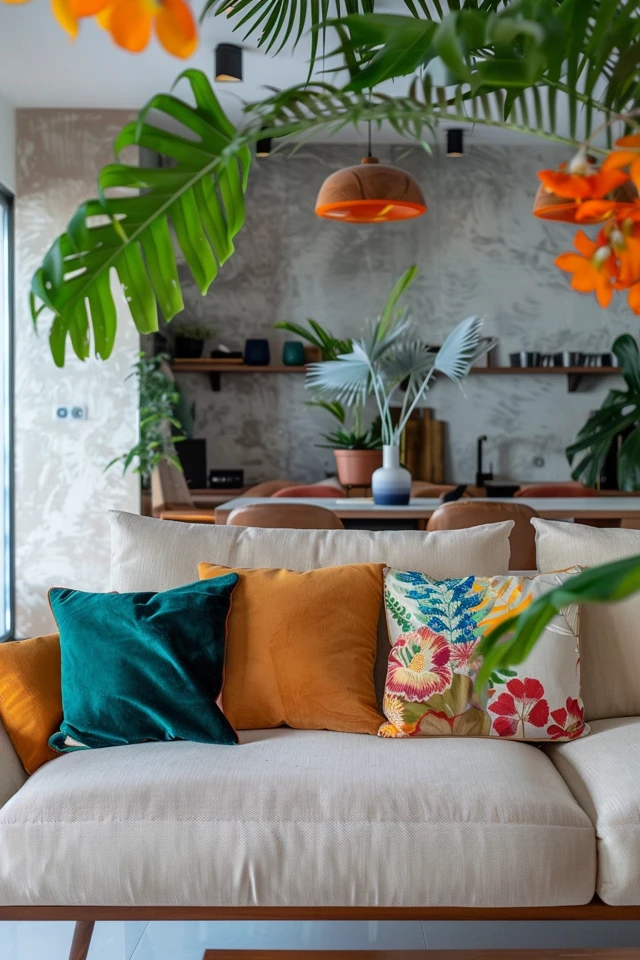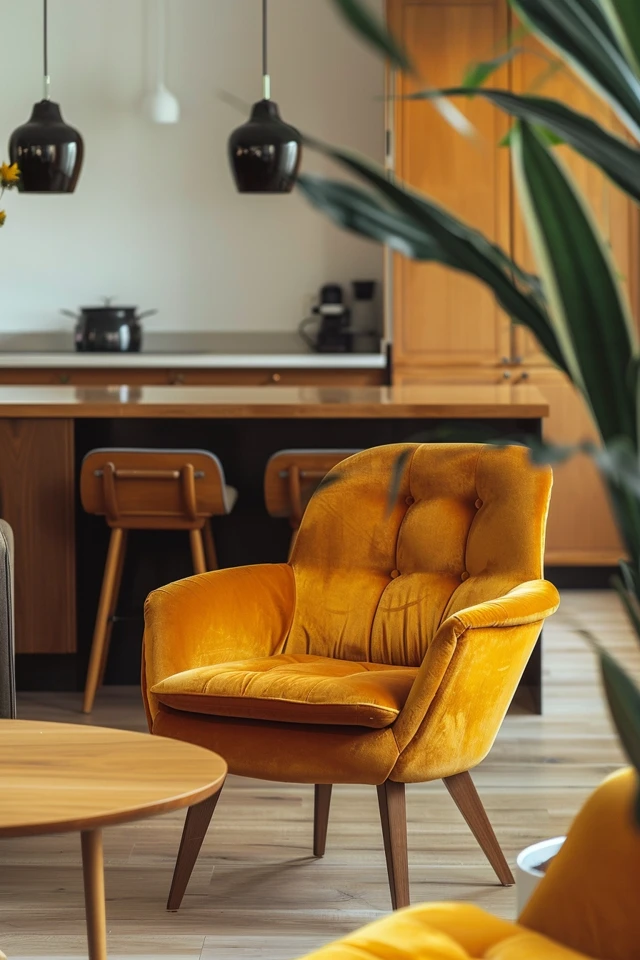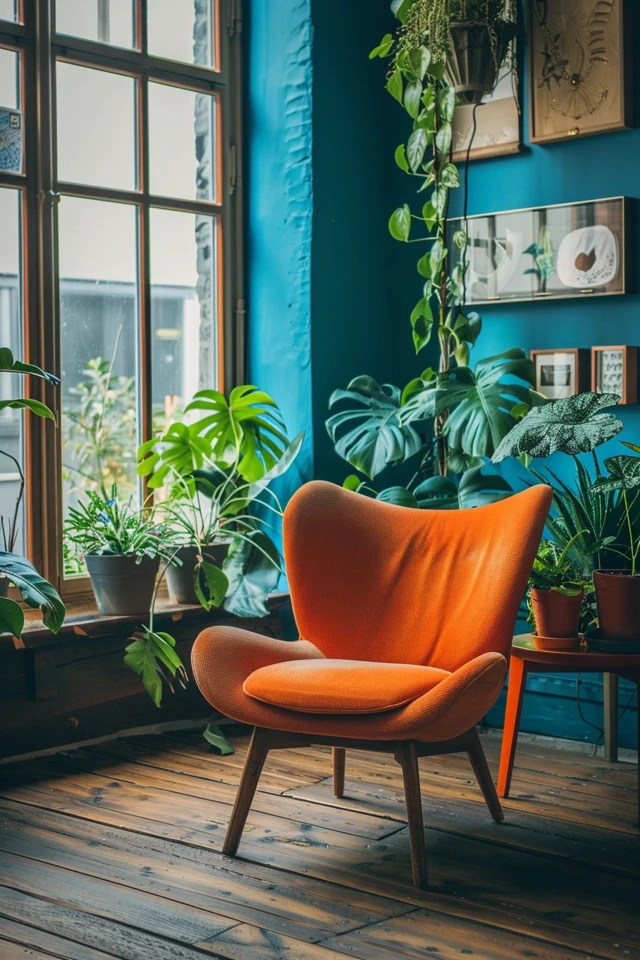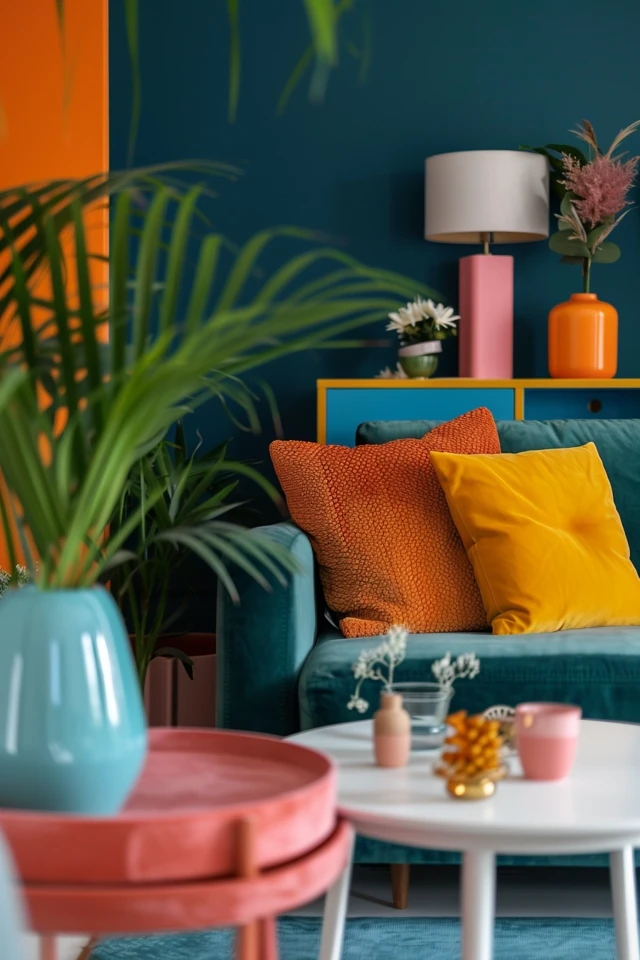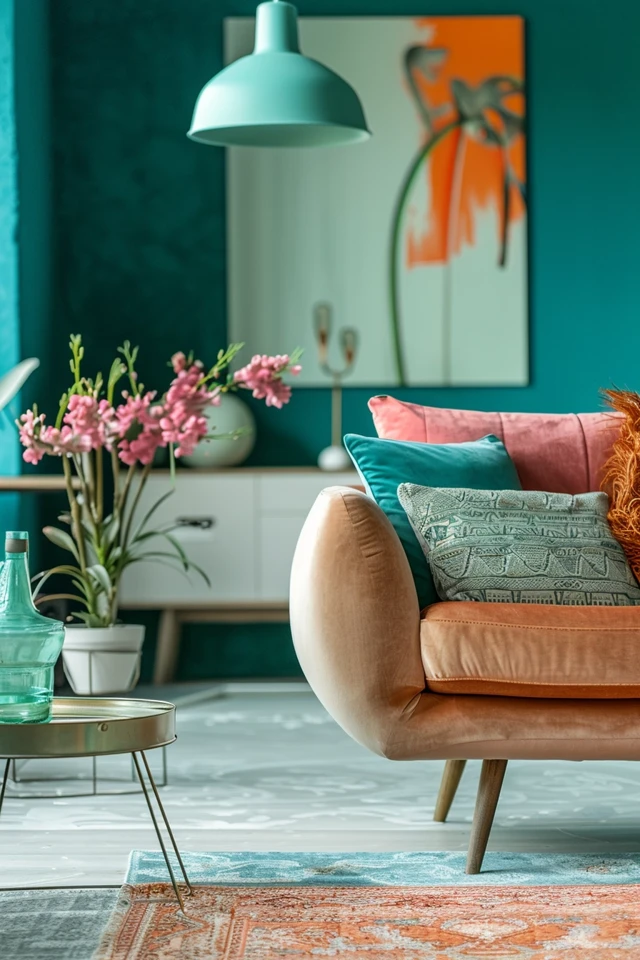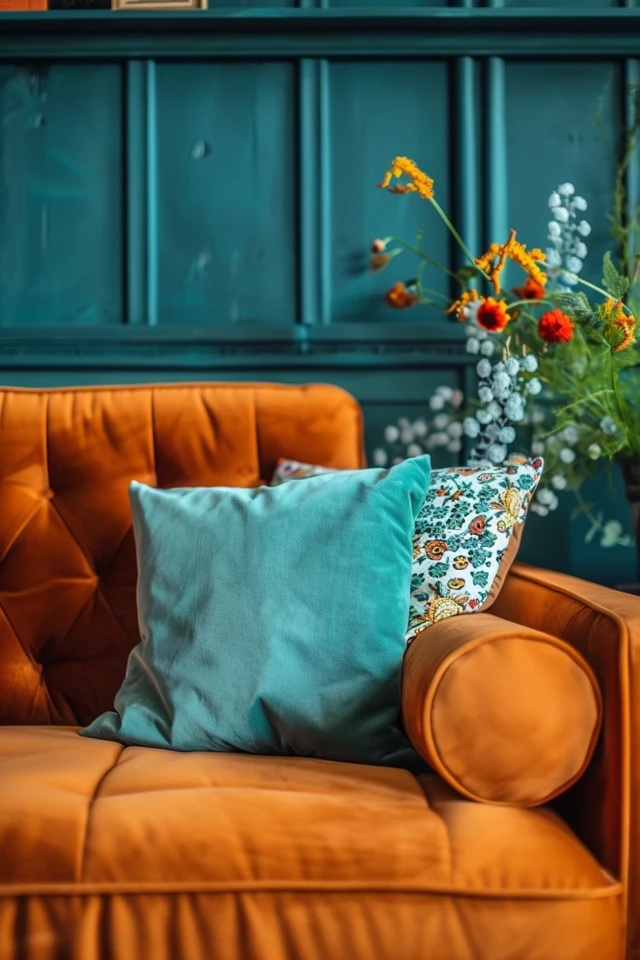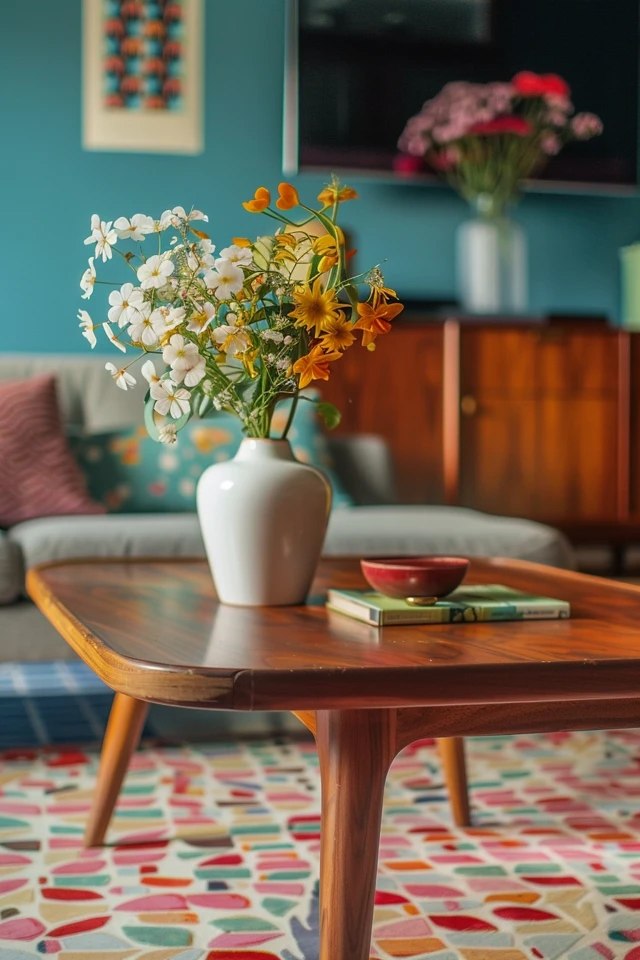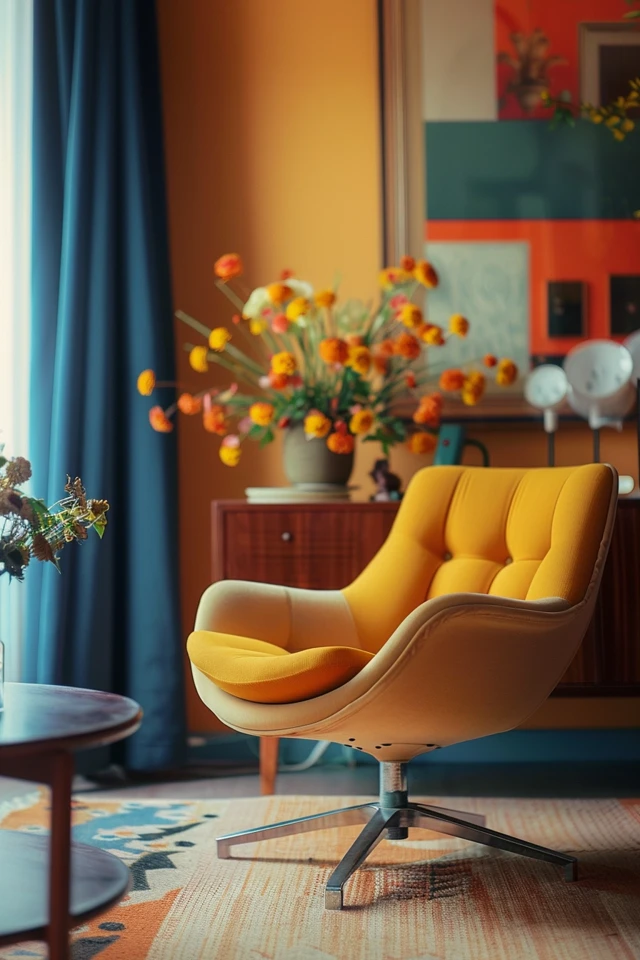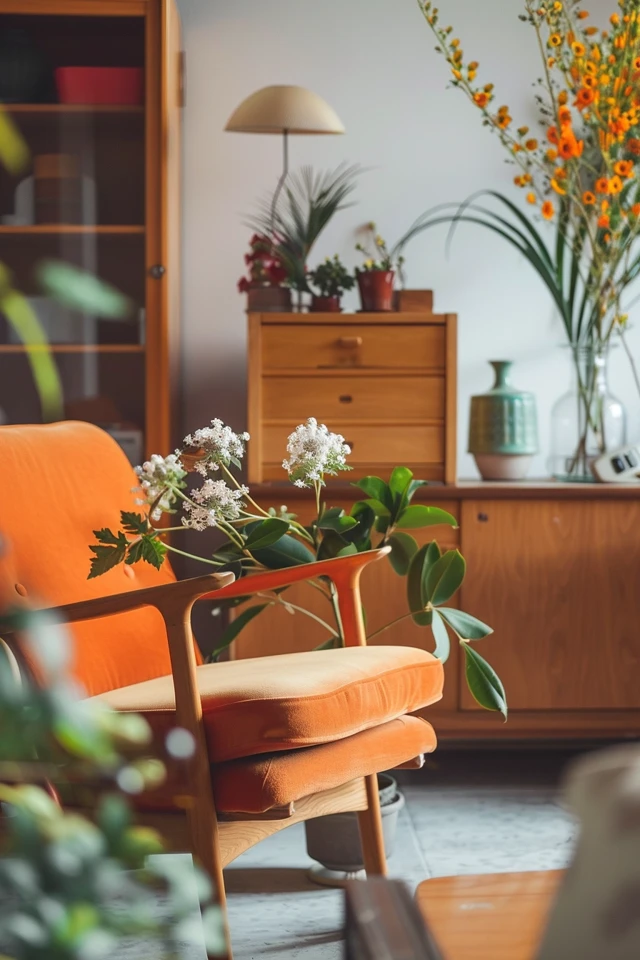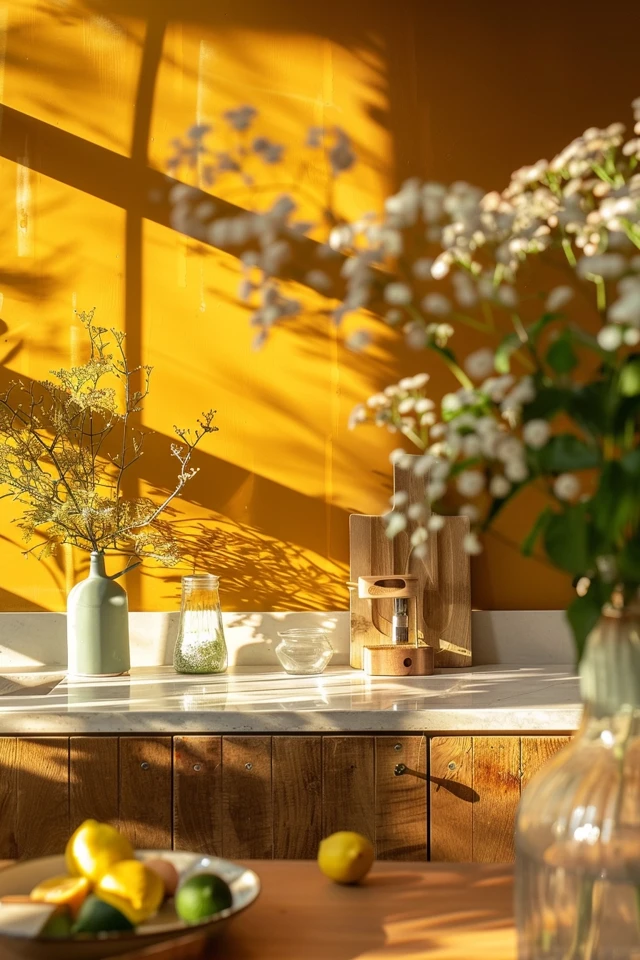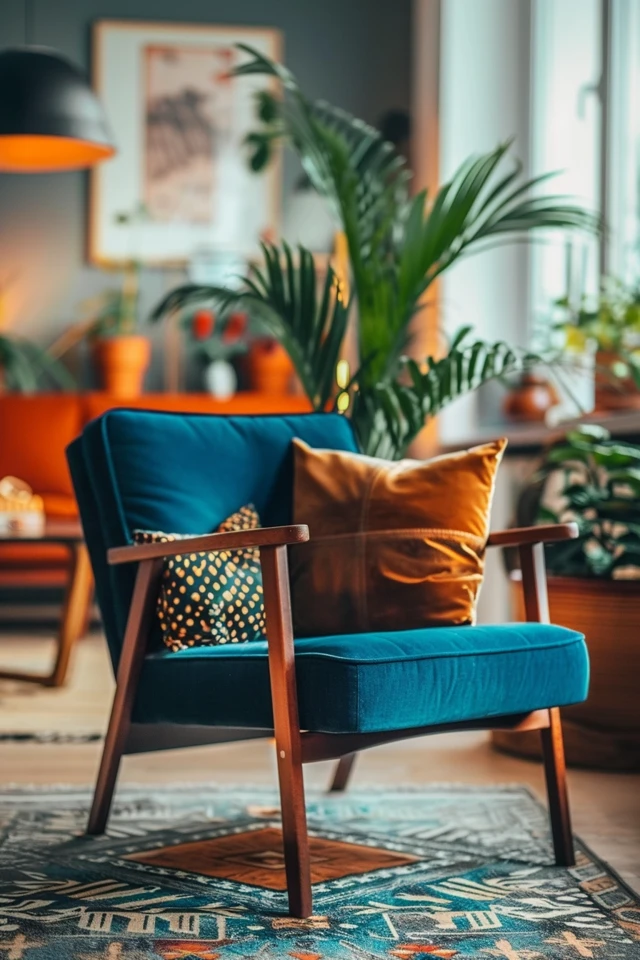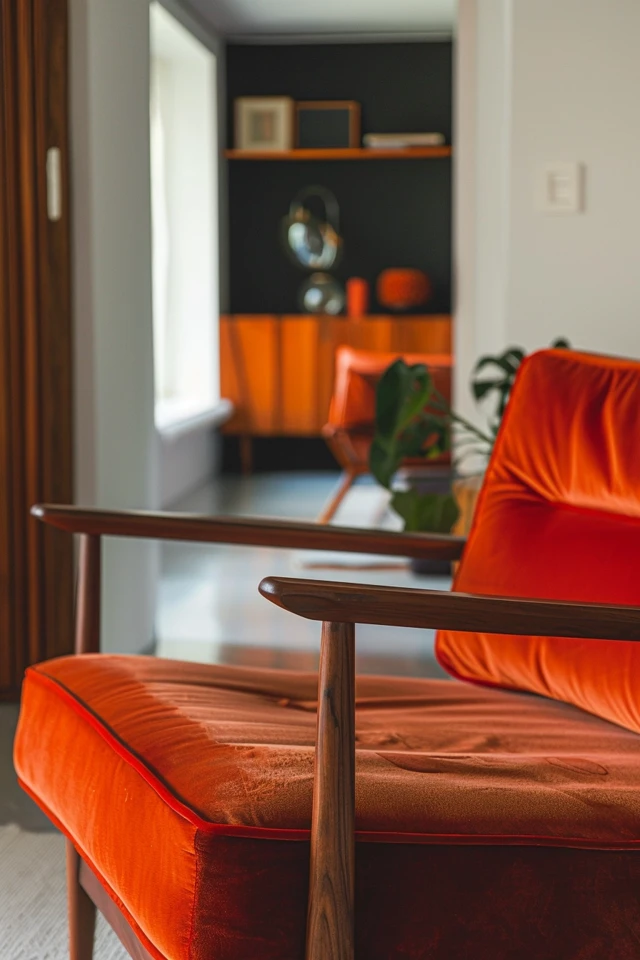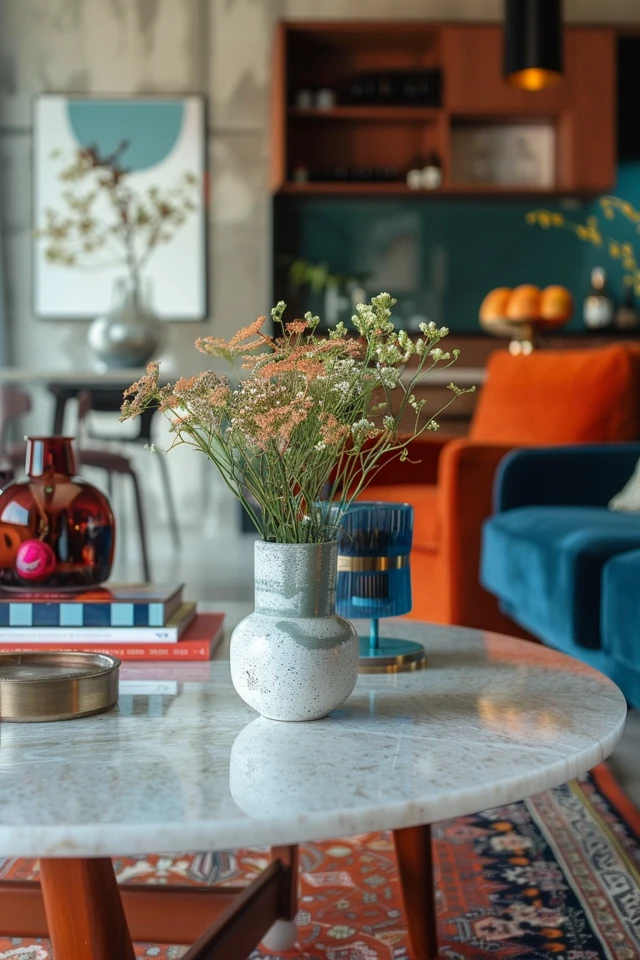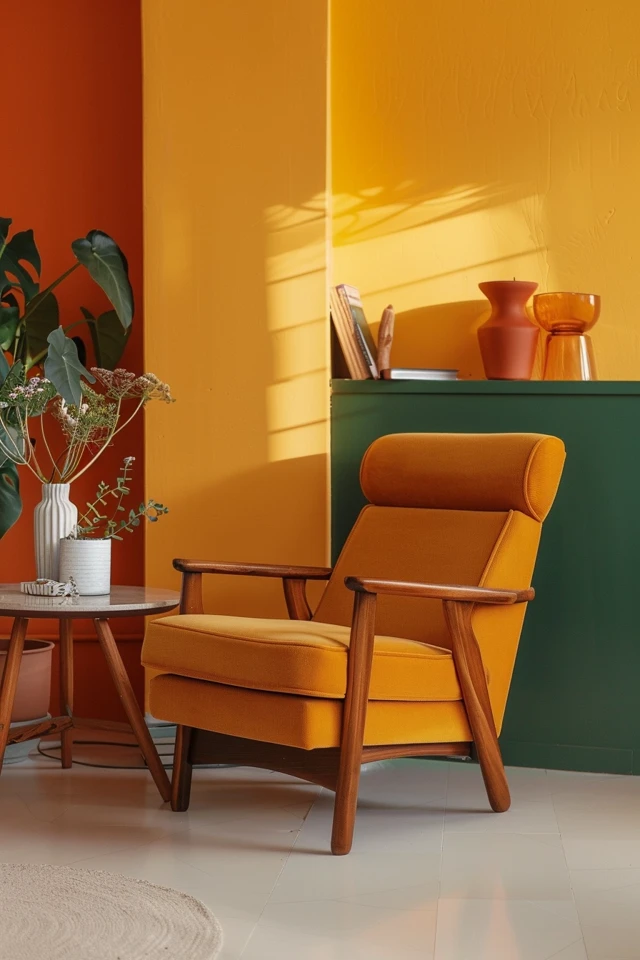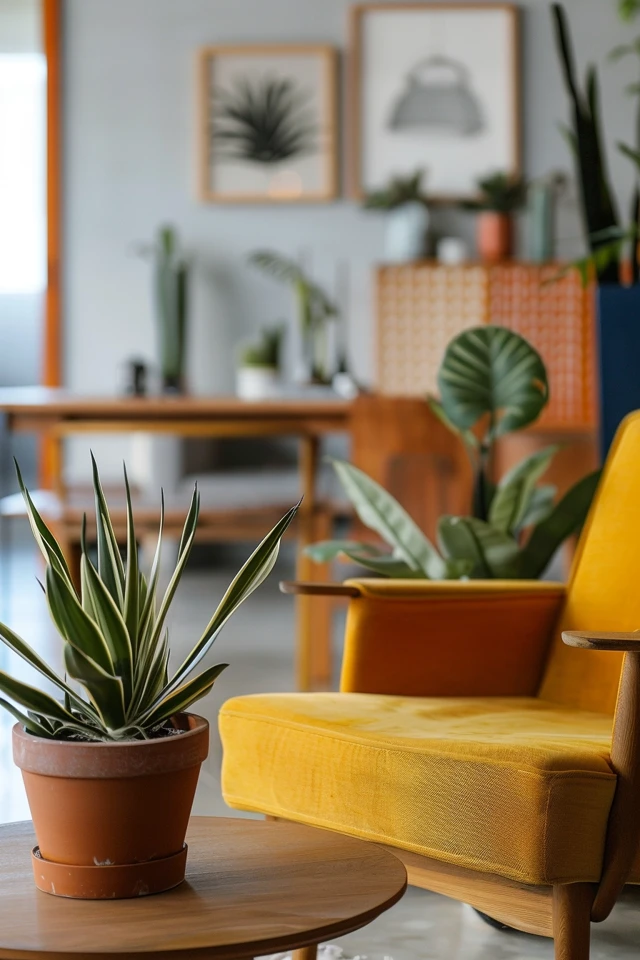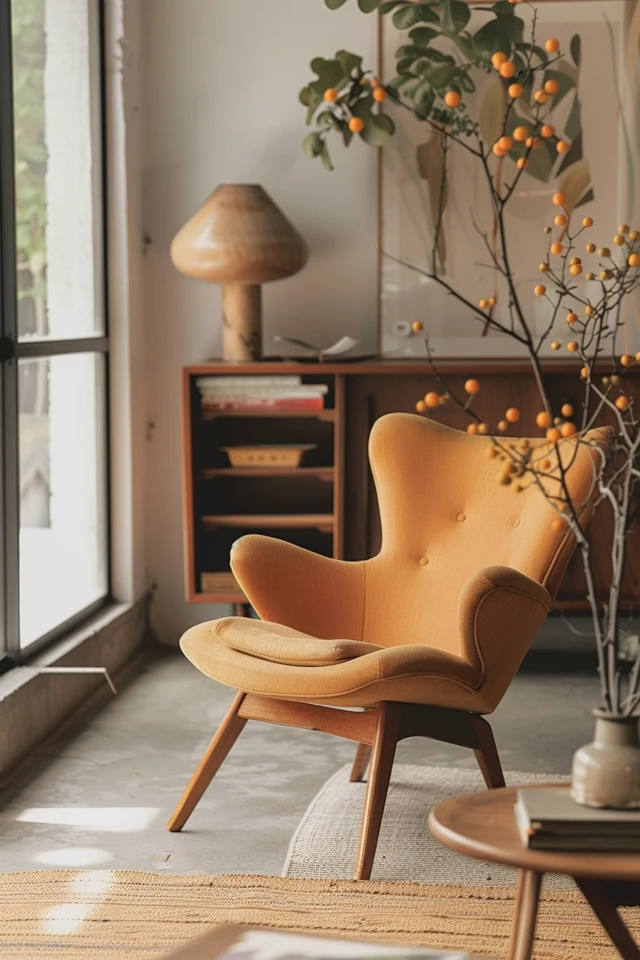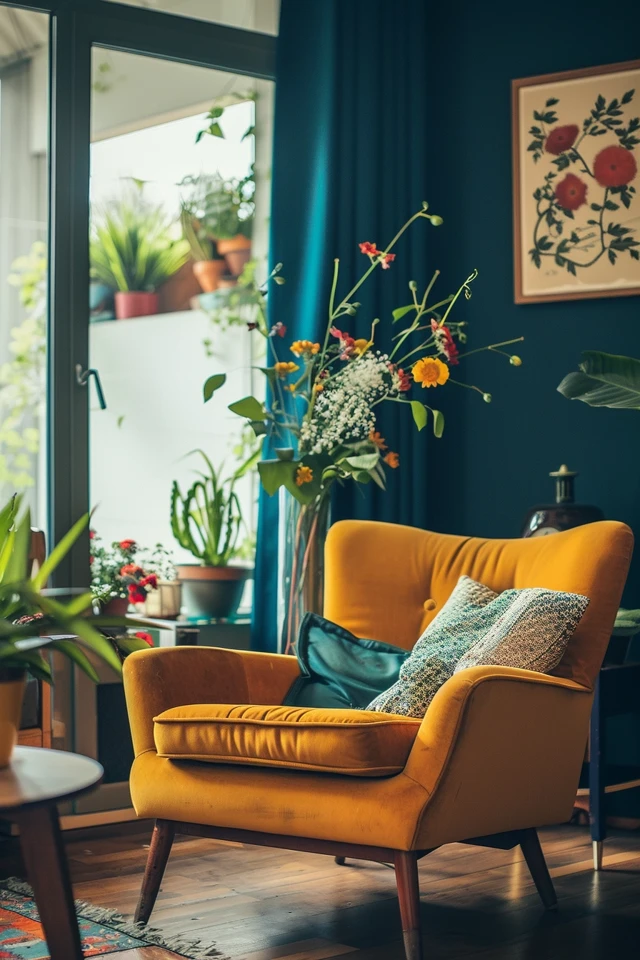Before Reading this Article, Hire Us As Your Designer or Take a Look at My Top 3 Amazon Picks!
If you are looking to blend Amazon's furniture finds with a personalized touch for your space, check out my portfolio, and hire us! You'll get 3 Idea boards, 2 Concept Boards, 2 Realistic Renderings, a Floor Plan, and a Shopping List! Everything's online, plus a 25% discount on your first online interior design project with my Havenly Promo code 4c7441bcfb. With over 2,000 designs since 2017 and top US brand partnerships, your project is in expert hands. US only. Ready to start?
Explore the 60s: Retro Interior Design Ideas for a Nostalgic Home
The 1960s was a vibrant decade defined by bold colors, unique patterns, and innovative design. Bringing the essence of this era into your home can create a nostalgic yet stylish atmosphere. As an architect and interior designer with expertise in evidence-based design, I understand how the right design elements can evoke the spirit of the 60s while maintaining a modern sensibility. This guide will help you explore retro interior design ideas that capture the essence of the 60s and transform your home into a nostalgic haven.
The 60s were characterized by a mix of eclectic styles, from the playful pop art movement to the organic forms of mid-century modern design. By incorporating these elements thoughtfully, you can create a space that feels both retro and timeless. Whether you’re looking to fully embrace 60s decor or just add a few nostalgic touches, these ideas will inspire you to create a home that reflects the dynamic spirit of the decade.
Ready to journey back to the 60s? Let’s dive into these retro interior design ideas to give your home a nostalgic and stylish makeover.
Key Takeaways
- Bold Color Palettes: Embrace vibrant and contrasting colors to capture the 60s vibe.
- Geometric Patterns: Use geometric patterns in wallpaper, textiles, and decor for a retro look.
- Iconic Furniture: Incorporate classic 60s furniture pieces to enhance the nostalgic feel.
- Decorative Accessories: Add retro accessories to complete the vintage aesthetic.
- Natural Elements: Integrate natural materials and organic shapes to reflect mid-century modern design.
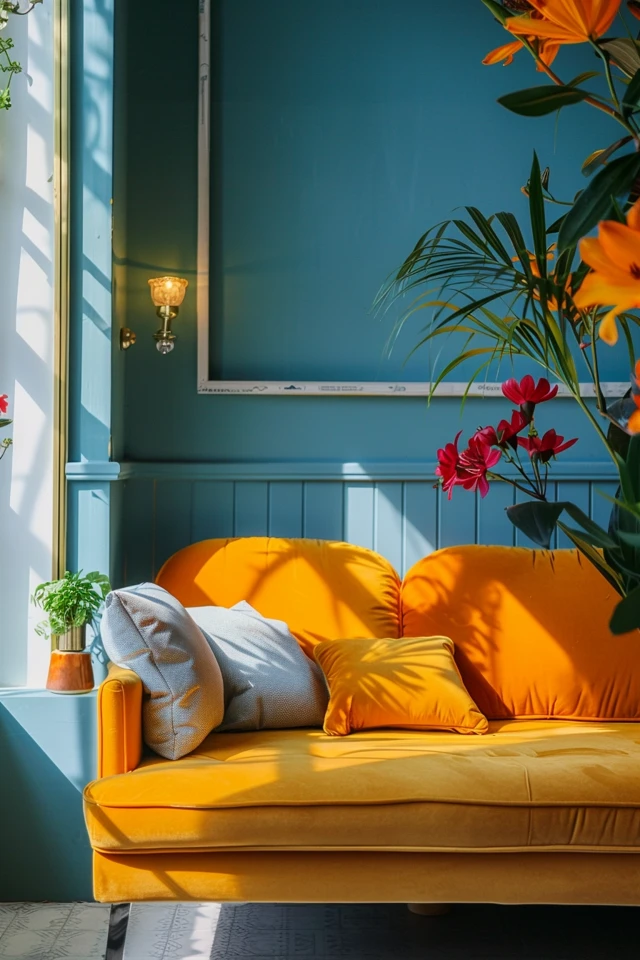
1. Bold Color Palettes
The 60s were a time of bold and vibrant color schemes that can bring energy and personality to your home. Embrace these colors to create a lively and nostalgic atmosphere.
Vibrant Colors
- Primary Colors: Use primary colors like red, blue, and yellow in various combinations to create a dynamic look. These colors can be used on walls, furniture, and accessories.
- Contrasting Shades: Pair contrasting colors such as orange and green or pink and yellow to make a bold statement.
- Monochromatic Schemes: For a more subtle approach, use different shades of a single color to create depth and interest.
Color Blocking
- Walls and Ceilings: Experiment with color blocking on walls and ceilings. Use contrasting colors to create visual interest and define different areas.
- Furniture: Choose furniture in solid, bold colors to add a retro vibe. For example, a bright orange sofa or a turquoise armchair can serve as focal points.
- Accessories: Use accessories like cushions, rugs, and lamps in bold colors to tie the room together.
Accents and Highlights
- Accent Walls: Create an accent wall in a bold color to draw attention and add depth to the room.
- Trim and Moldings: Paint trim and moldings in contrasting colors to highlight architectural details and add a playful touch.
- Artwork and Decor: Incorporate artwork and decor pieces in vibrant colors to enhance the overall aesthetic.
2. Geometric Patterns
Geometric patterns were a hallmark of 60s design, adding a sense of structure and visual interest. Incorporate these patterns into various elements of your home to capture the retro look.
Patterned Wallpaper
- Bold Prints: Use wallpaper with bold geometric prints to make a statement. Circles, squares, and abstract shapes were popular motifs.
- Accent Walls: Apply patterned wallpaper to an accent wall to create a focal point without overwhelming the space.
- Subtle Patterns: For a more understated approach, choose geometric patterns in neutral colors.
Textiles and Rugs
- Patterned Fabrics: Use patterned fabrics for cushions, throws, and upholstery. Mixing different geometric patterns can create a dynamic and layered look.
- Area Rugs: Incorporate area rugs with geometric designs to add visual interest and tie the room together.
- Curtains and Blinds: Choose curtains and blinds with geometric prints to enhance the overall theme.
Decorative Elements
- Geometric Art: Display geometric art pieces or prints on your walls. These can serve as focal points and add an artistic touch.
- Sculptures and Accessories: Use geometric sculptures and accessories to add dimension and interest. Items like vases, lamps, and decorative objects can incorporate these patterns.
- Furniture Details: Look for furniture with geometric details, such as a table with a hexagonal top or a chair with a patterned backrest.
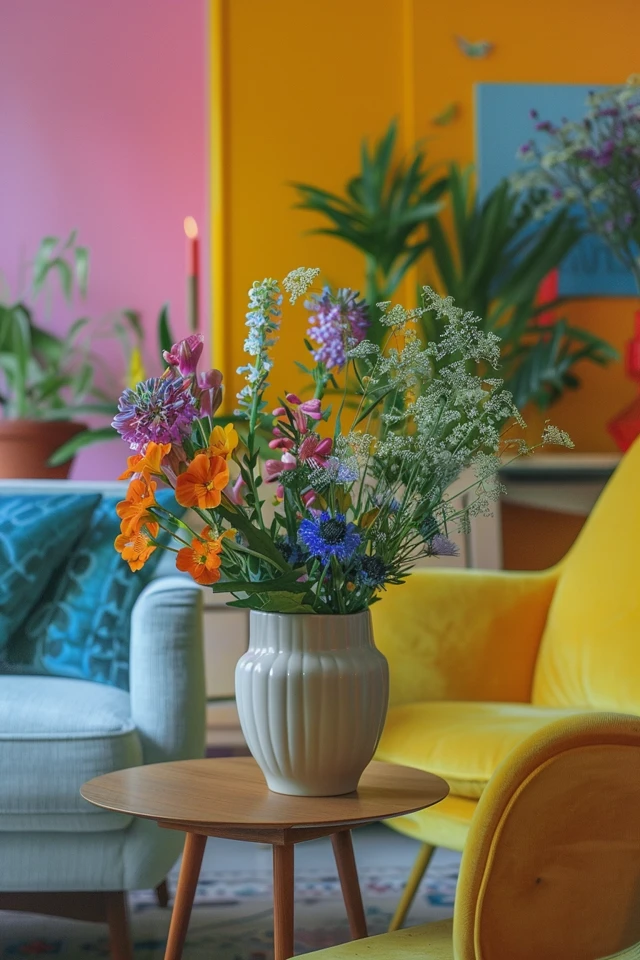
3. Iconic Furniture
Furniture from the 60s has a distinctive look that can add character and nostalgia to your home. Incorporate iconic pieces to create a truly retro vibe.
Statement Sofas
- Bold Colors: Opt for sofas in bold colors like bright orange, green, or blue. These can serve as focal points in your living room.
- Unique Shapes: Look for sofas with unique shapes, such as curved or modular designs. These pieces add a retro touch and create visual interest.
- Patterned Upholstery: Choose sofas with patterned upholstery, such as geometric prints or abstract designs, to enhance the 60s vibe.
Distinctive Chairs
- Retro Styles: Incorporate retro-style chairs, such as egg chairs or Eames lounge chairs, for a nostalgic touch.
- Mixed Materials: Look for chairs that combine different materials, like metal and leather or wood and fabric. This mix adds texture and interest.
- Accent Pieces: Use accent chairs in bold colors or patterns to add a pop of color and style.
Funky Tables
- Glass and Metal: Choose tables with glass tops and metal frames for a sleek and modern look. These materials were popular in the 60s and add a contemporary touch.
- Bold Bases: Look for tables with bold and unusual bases, such as pedestal or sculptural designs. These pieces can serve as conversation starters.
- Mix and Match: Don’t be afraid to mix and match different table styles. A combination of coffee tables, side tables, and console tables can create an eclectic look.
4. Decorative Accessories
Decorative accessories play a crucial role in enhancing the retro vibe of your 60s-inspired interior. Choose accessories that reflect the era’s unique style and personality.
Wall Art and Posters
- Iconic Prints: Use posters and prints of iconic 60s movies, music bands, or pop culture references to add a nostalgic touch.
- Framed Art: Incorporate framed art pieces that feature bold colors, geometric patterns, or abstract designs.
- DIY Art: Create your own artwork using 60s-inspired themes and colors. This can add a personal and creative touch to your decor.
Vintage Collectibles
- Retro Figurines: Display retro figurines or collectibles on shelves, tables, or display cases. These items can add character and interest to your space.
- Record Players and Vinyl: Incorporate a record player and a collection of vinyl records. This not only adds a vintage touch but also provides a great way to enjoy music.
- Vintage Cameras: Use vintage cameras as decorative pieces. They can be displayed on shelves, mantels, or coffee tables.
Textiles and Rugs
- Bold Patterns: Choose textiles and rugs with bold patterns and vibrant colors. These can be used on cushions, throws, and floor coverings.
- Layering: Layer different textiles to add depth and interest. Mix and match patterns and textures for a dynamic look.
- Curtains and Blinds: Use curtains and blinds with 60s-inspired prints or colors to enhance the retro vibe.
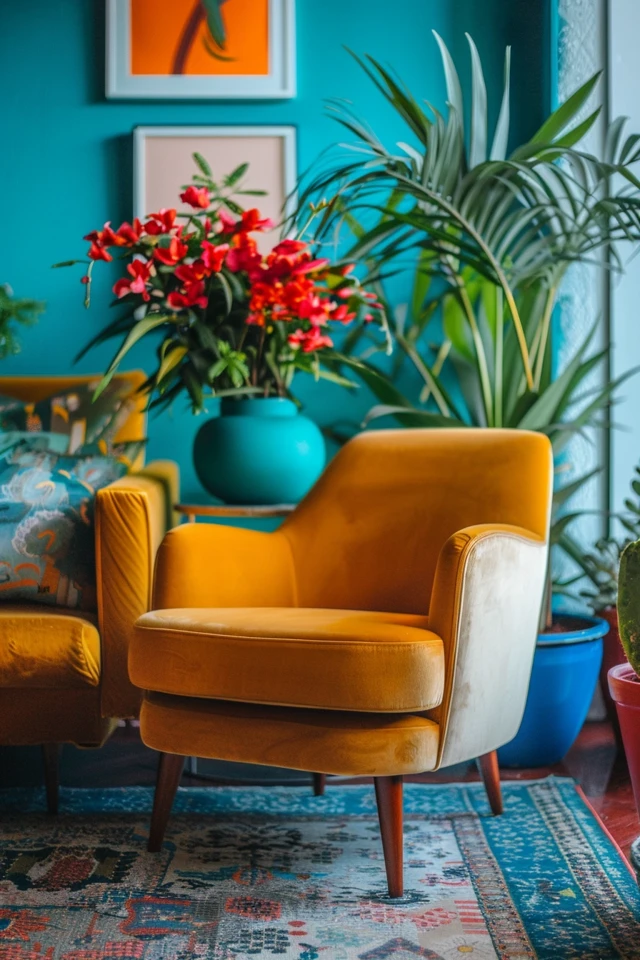
5. Natural Elements
The 60s also saw the rise of mid-century modern design, which emphasized natural materials and organic shapes. Incorporate these elements to add a touch of sophistication and timelessness to your retro decor.
Wood and Stone
- Wood Furniture: Use wood furniture pieces with clean lines and simple forms. Teak, walnut, and oak were popular choices in the 60s.
- Stone Accents: Incorporate stone accents, such as marble countertops or stone fireplaces, to add texture and interest.
- Natural Finishes: Choose natural finishes for your furniture and decor to highlight the beauty of the materials.
Organic Shapes
- Curved Furniture: Look for furniture with curved lines and organic shapes. This can add a sense of fluidity and softness to your space.
- Sculptural Pieces: Incorporate sculptural pieces, such as abstract sculptures or free-form tables, to add an artistic touch.
- Natural Forms: Use decor items that mimic natural forms, such as leaf-shaped trays or pebble-like cushions.
Indoor Plants
- Greenery: Add indoor plants to bring life and freshness to your space. Plants like fiddle leaf figs, snake plants, and spider plants were popular in the 60s.
- Planters: Use retro-style planters, such as ceramic pots or macrame hangers, to enhance the vintage look.
- Natural Textures: Incorporate natural textures through woven baskets or rattan furniture to add warmth and interest.
Conclusion
Exploring the 60s in your interior design can bring a vibrant and nostalgic vibe to your home. By incorporating bold color palettes, geometric patterns, iconic furniture, decorative accessories, and natural elements, you can create a space that reflects the dynamic spirit of the decade. These design elements not only enhance the aesthetic appeal of your home but also evoke a sense of fun and creativity.
As an architect and interior designer, I’ve seen how thoughtful design can transform a space and create a memorable living environment. By blending 60s-inspired elements with modern design principles, you can achieve a harmonious and stylish home
that pays homage to this vibrant era. Embrace your creativity, and enjoy the process of exploring the 60s in your interior design, making your home a lively and inviting space that stands out.
Inspirational Pictures
